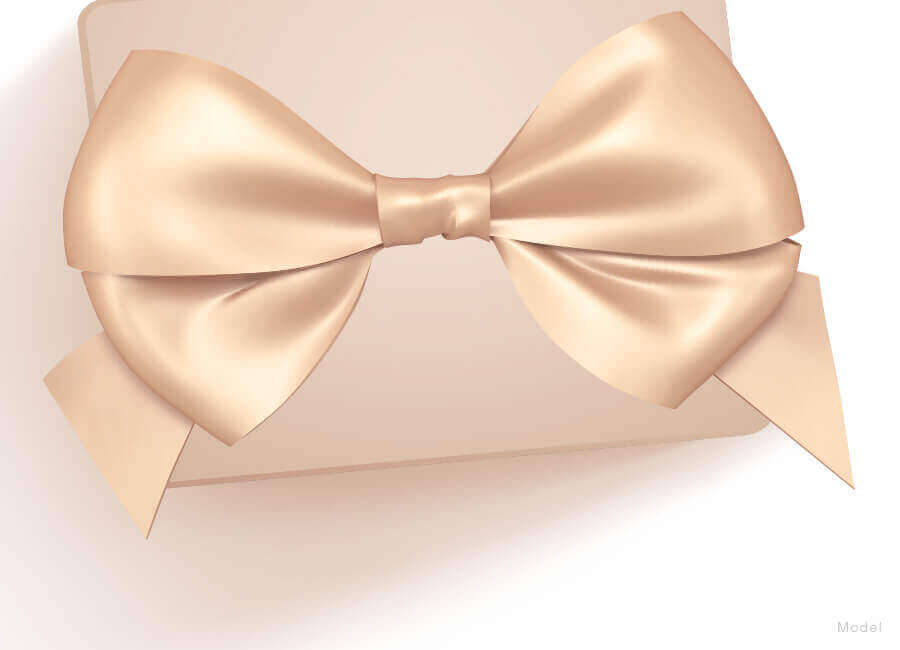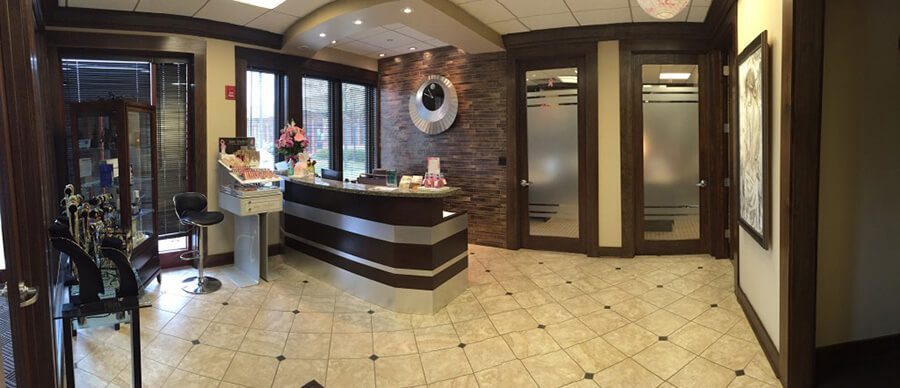Breast Reduction
Breast Reduction
While it is true that many women desire full breasts, many others suffer physical complications from overly large breasts. Luckily, there is a procedure that can reduce breast size and provide relief to those woman suffering from neck shoulder and back pain, rashes and chafing. A breast reduction is often chosen by woman who are self-conscious or embarrassed by their breast size and do not have any physical complications. Our surgeon’s goal in performing a breast reduction is to make the breasts smaller, lighter and more proportionate to the individual’s body.

Am I a Good Candidate?
Breast reduction can be performed on woman of all ages as long as their breasts are fully developed. It is typically not advisable before the age of 16. If the candidate is extremely overweight, the surgeon may recommend losing weight prior to performing the surgery. Candidates are cautioned that having a reduction prior to having children, may impact the long term results and the ability to breastfeed may be impaired. Women electing to have this procedure understand that there is some scarring, but feel the benefits of breast reduction far outweigh the risks.
The Procedure
Breast reduction is a 3-4 hour surgery performed by Dr. Schlechter in the safety and privacy of our in-office state licensed surgical suite in Chicago and Northbrook. Patients find that our method of using IV sedation enhances the experience as they are asleep for the entire procedure yet they do not experience the side effects of general anesthesia. An incision is made around the areola, which is often reshaped and repositioned to fit the smaller breast. The doctor will also place a vertical incision vertically along the breast through which he is able to remove excess fat, skin and breast tissue. The newly contoured breast has been lifted and made smaller to better suit the patient’s body frame. The patient will work with the doctor to determine how much tissue to remove so that the new breasts meet the desired goals of the patient. In certain situations the patient may be able to get their insurance to cover the cost of the procedure, which is determined on an individual basis as all insurances have different requirements for coverage. A medical breast reduction which is the same procedure as described above would then be performed in an outpatient surgery center, not the in-office surgical suite. The patient remains in recovery until they are awake, and alert. They are sent home wearing a soft no underwire bra, and drains are not required. Following the procedure the surgeon will send the breast tissue for pathology to make sure that the tissue that was removed is healthy. The cost for the pathology will be sent to the patient’s health insurance.
The Recovery
There is likely to be some swelling, temporary bruising and some discomfort in the days following the breast reduction. The doctor typically sees the patient postoperatively the day following the procedure. Steri-strips are placed over the incisions and are left on until they fall off for optimal results. A soft bra that hooks in front and has no underwire is worn for around six weeks. It is important to follow the instructions not to do any heavy lifting, or bending for at least a week. Exercise raises the heart rate and is not permitted for a few weeks following the surgery. The doctor will ease the patient back into their exercise routine. To aid in the healing process the patient is given arnica, a homeopathic supplement for bruising and swelling. It is possible to return to work a few days after a breast reduction, if there are no physical requirements to the job. On average the typical patient at 6 weeks post-surgery is back to their full preoperative routine.
Terms to Know
Pathology – The breast tissue removed during a breast reduction is sent out for analysis called pathology, to insure there are no abnormal cells. This is done as a precaution, and not because there is a concern that the patient has cancer. While there is a cost associated with sending the tissue for analysis, it is done in the best interest of the patient, and cannot be declined.
Mammogram – This is an x-ray of the breast that can help detect or determine a breast lump or other signs of cancer. The doctor will often require the patient to undergo a mammogram for a few reasons. The primary reason for ordering the mammogram is to have a baseline of the breasts prior to changing the composition. Younger women under age 35 are not typically asked to get a mammogram prior undergoing breast reduction.
Areola – The colored circle around the nipple.
Breast Reduction
Frequently Asked Questions
-
What will the scars look like?
There will be a scars around the areola and vertically on the breasts, and under the breasts. The scars will a thin line that will fade over time. We do offer laser treatments and scar creams to help with scar management. The scars should not be exposed to the sun or tanning beds until they are mature, as once they are tanned it will be hard to get them to lighten.
-
How will I know what size my breasts will be after surgery?
The doctor will take into consideration the desired size, however he does attempt to make the breasts proportionate to your frame. If the reduction is being covered by insurance there is often a required amount of tissue that needs to be removed. There is no way to determine in advance the bra size that will be worn after the reduction. Remember that bras vary greatly, especially Victoria’s secret bras which run small.
-
Is it possible to breast feed after having Breast Reduction Surgery?
The answer to this question is, maybe. It is possible that breast feed after having a breast reduction, however it is not guaranteed. The patient is told if ability to breast feed is important, they should wait until after they are done having children to have a breast reduction.
-
Will the Breast Reduction surgery change the size of my nipples?
During the breast reduction procedure the shape and position of the areola is often changed but this does not impact the size of the nipple. Nipple sensation may change following the procedure, from hypersensitive to less sensitive. Complete loss of nipple sensation is rare.
-
Is there ever a need for a second surgery to remove more tissue?
The breast reduction surgery is not done in stages, the breast tissue that needs to be removed can be done in one surgery. Changes in weight, pregnancy and aging can impact the long term results and additional surgery may be required.







